
Botswana’s Rebrands: Success or Struggle
- by gmashworth
- in Branding
- posted July 2, 2016
Back in 2016, I read an article in The Botswana Gazette exploring whether rebranding is advisable. Over the past few years, rebranding has become increasingly common in Botswana, with several high-profile organisations undertaking the process.
Unfortunately, not all of these rebrands have been successful. Mr. Gaorekwe Gaorekwe, former Director of Brand Botswana, pointed to the University of Botswana (UB) as an example of a rebranding effort that failed to land with its audience. Following public backlash, the university eventually reverted to its original crest. As a result, branding and rebranding exercises in Botswana now face much heavier public scrutiny.
Rebranding is undeniably challenging—but when done for the right reasons and executed well, it can be powerful. The logo sits at the frontline of any brand—it’s often the most visible and most critiqued element. And while designers frequently take the blame when a rebrand fails, there are often deeper issues at play that can compromise the creative process.
Take the UB case, for example. In my view, the motivation to modernise the crest was justified. The original design felt dated and needed modernising. If the university were being founded today, would that be the logo they would choose?
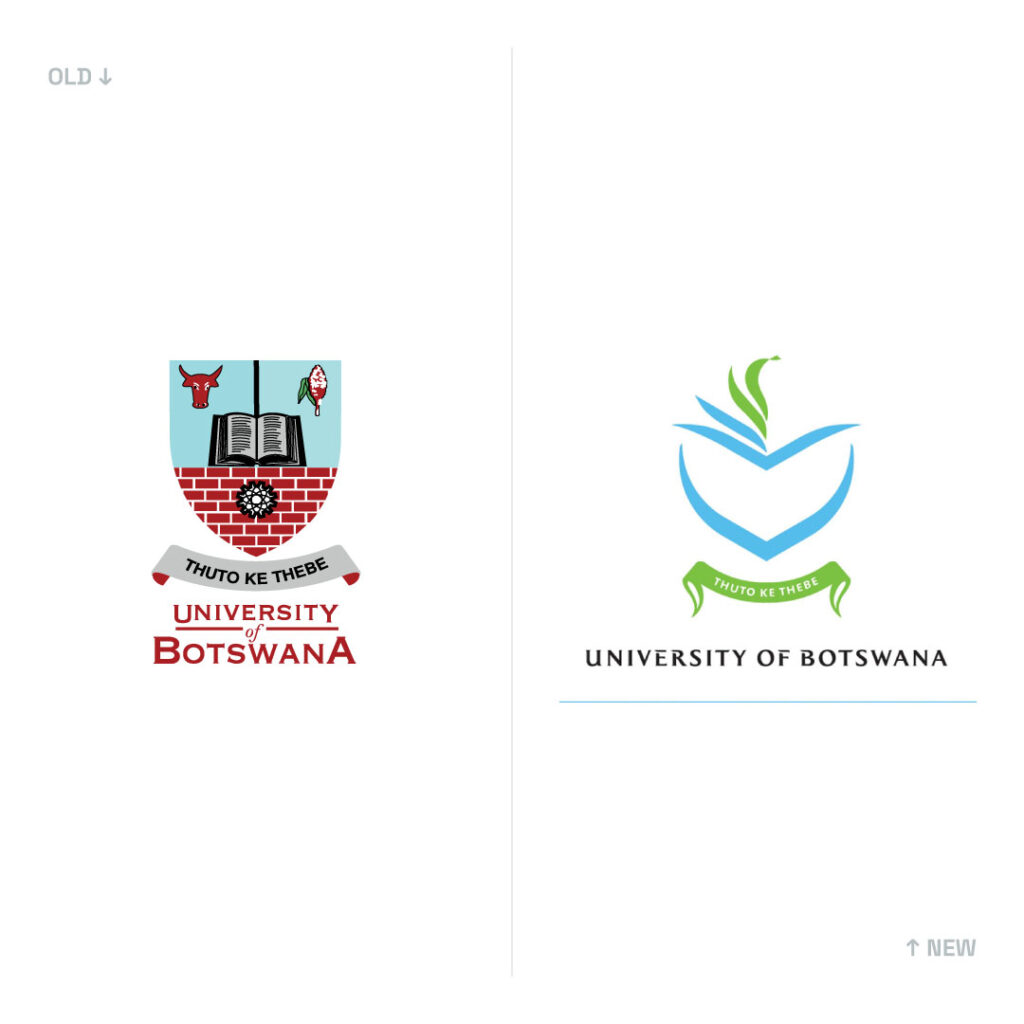
The new crest was well designed and professionally crafted: the shield formed from bull’s horns, an open book placed atop it, and new leaves incorporating the sorghum head from the old design—symbolising growth and fresh beginnings. It was ultimately too abstract and too far removed from the original. The emotional connection many Batswana had to the legacy crest simply wasn’t preserved.
What compromises creative work?
A strong creative brief is foundational. It articulates why the rebrand is necessary, what problems it seeks to solve, and what messages need to be communicated. Without a clear understanding of branding—and a solid brief—projects are at risk from the start.
Mr. Gaorekwe commented:
“…I cannot say whether they [organisations] do or don’t [understand rebranding], but I hope proper research and thorough consultation takes place before rebranding.”
Unfortunately, that’s not always the case—as seen in the controversy surrounding the Botswana 50th Anniversary logo. But we can’t judge final designs in isolation without understanding the original brief and how it was interpreted.

Design is misunderstood
Graphic design is still misunderstood in many professional environments. Some clients approach design with formality and rigidity, while designers typically work best in isolation and an open, informal environment—maintaining professionalism. Formalities can sometimes hinder rather than help. Clients can have a tendency to manipulate the process in their favour, monopolising their time and altering how the designer works best. The key is to work smarter, not harder.
The dangers of design by committee
In large organisations, rebranding often becomes a group exercise. Committees are formed, with representatives from multiple departments. While inclusive, this approach can dilute ideas, introduce politics, and delay progress. As Mr. Gaorekwe noted:
“…there are instances where internal influence disregards the advice given by consultants who are very well versed with the subject. This often results in the exercise being compromised.”

Expert advice is sometimes ignored due to ignorance—or professional arrogance. I believe rebranding teams should be small (ideally 2–3 inspired individuals), with one project leader who manages the process and acts as the point of contact. This helps streamline feedback and gives participants a sense of ownership. Feedback can be collected individually, then relayed to the designer in a meaningful and focused way.
Respect your audience, honour your history
Another critical consideration is the target audience. In the case of UB, many Batswana have deep emotional ties to the university and its history.
In short, the university was established in 1982 on the back of a fundraising campaign to raise money for the construction of the Botswana Campus. Batswana and other stakeholders made contributions including cash, cattle, grain, eggs, etc. towards raising the required funds. Generations of families have supported or attended UB, and the original crest represented that legacy.
The new design didn’t resonate because it felt disconnected from that heritage.
Not every rebrand will be a success
Even with solid research, planning, and execution, a rebrand might still fall flat. Change is often met with resistance, particularly when it affects something people care deeply about. Ultimately, the success of a rebrand depends on the idea, the execution, and how well the designer or agency understands the culture and context.
Selecting the right creative partner—and understanding how to assess their capabilities—is a critical part of the process, and one deserving of a conversation all on its own.

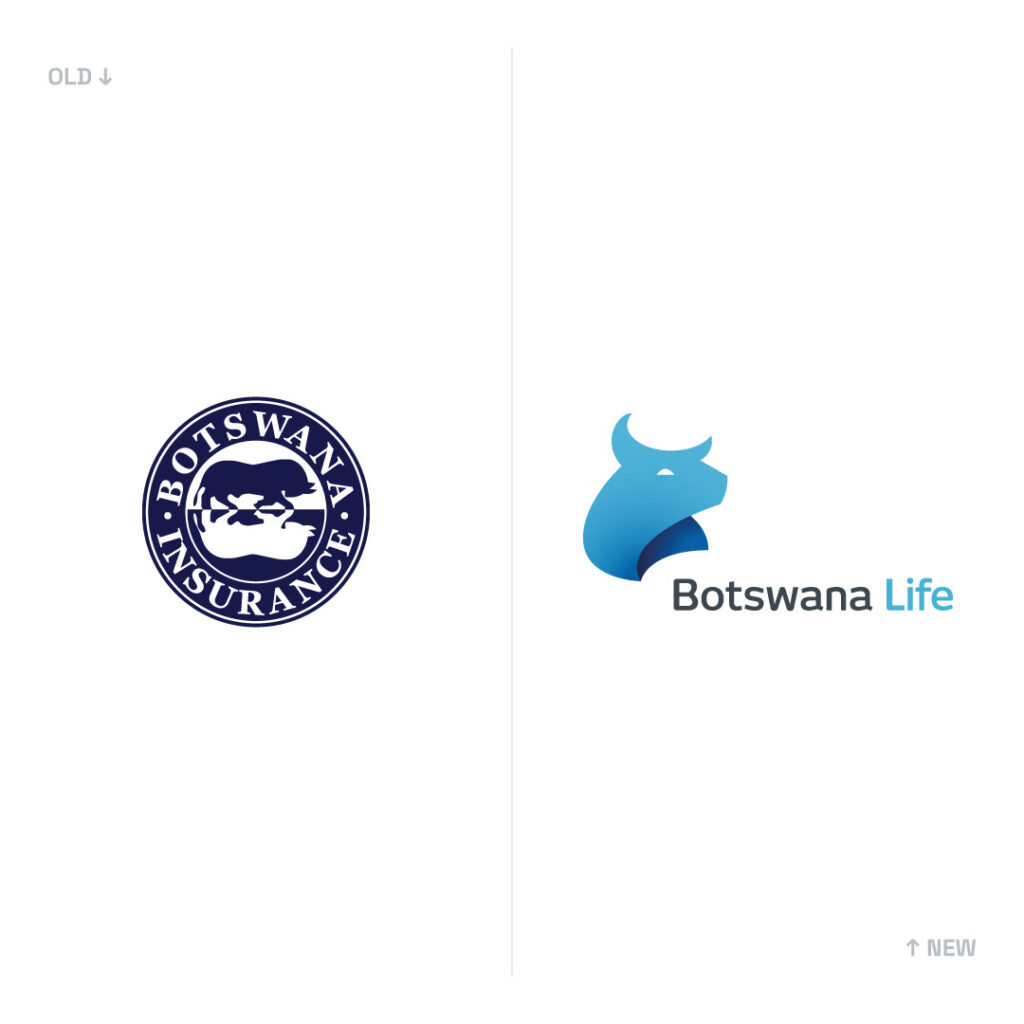
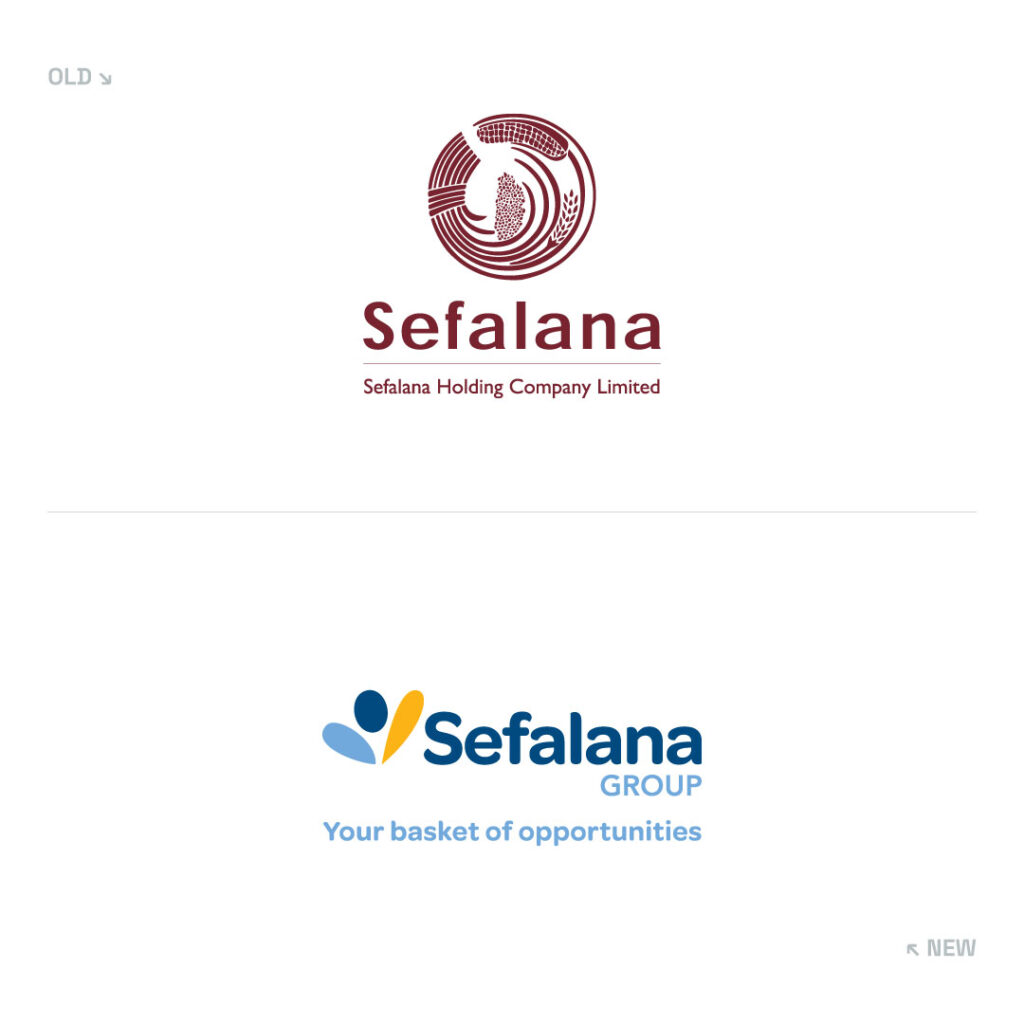
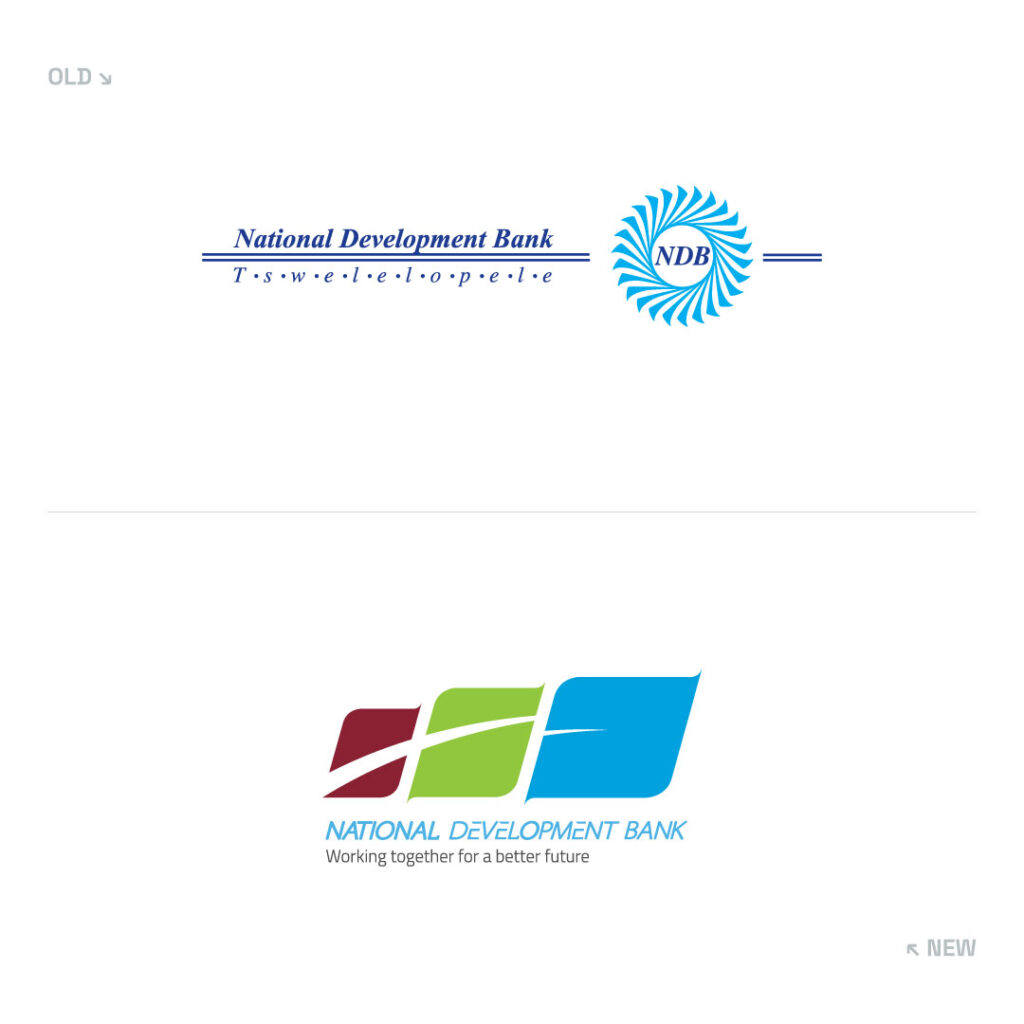
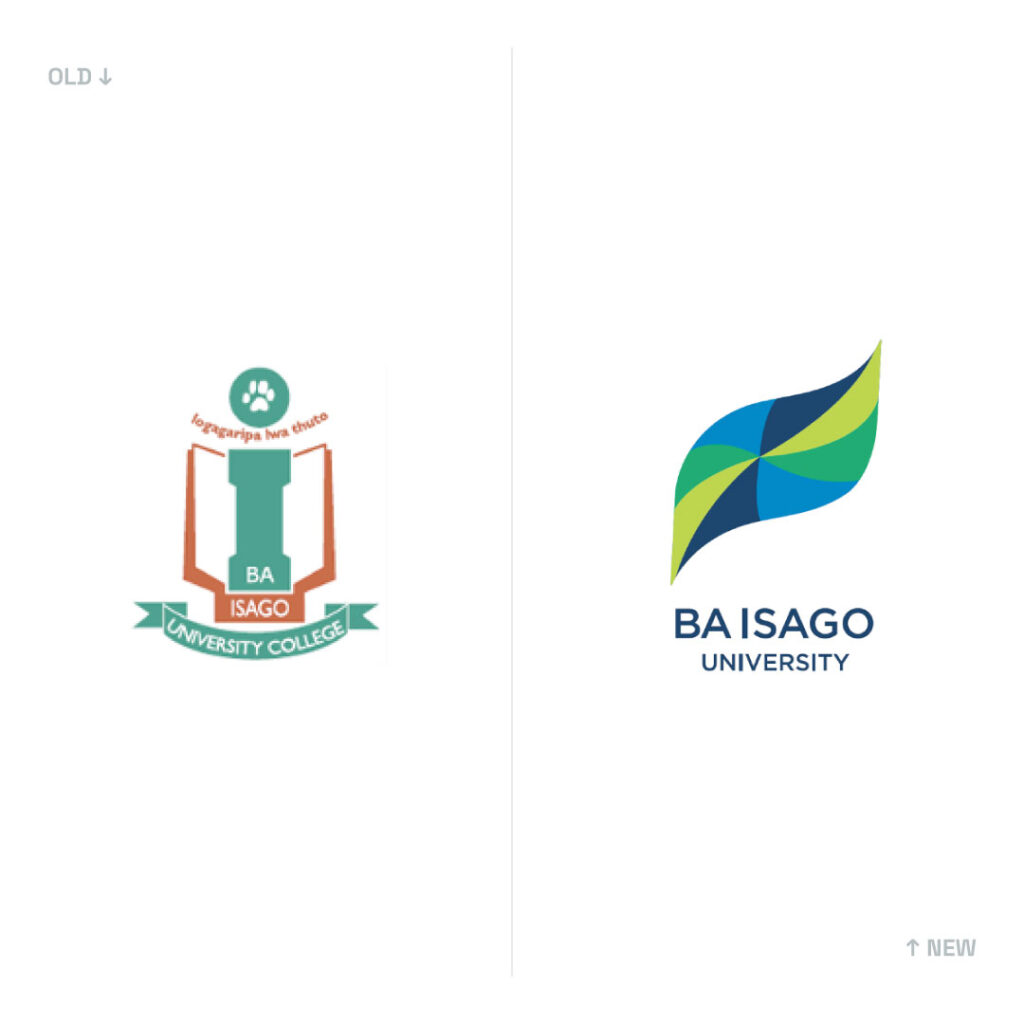
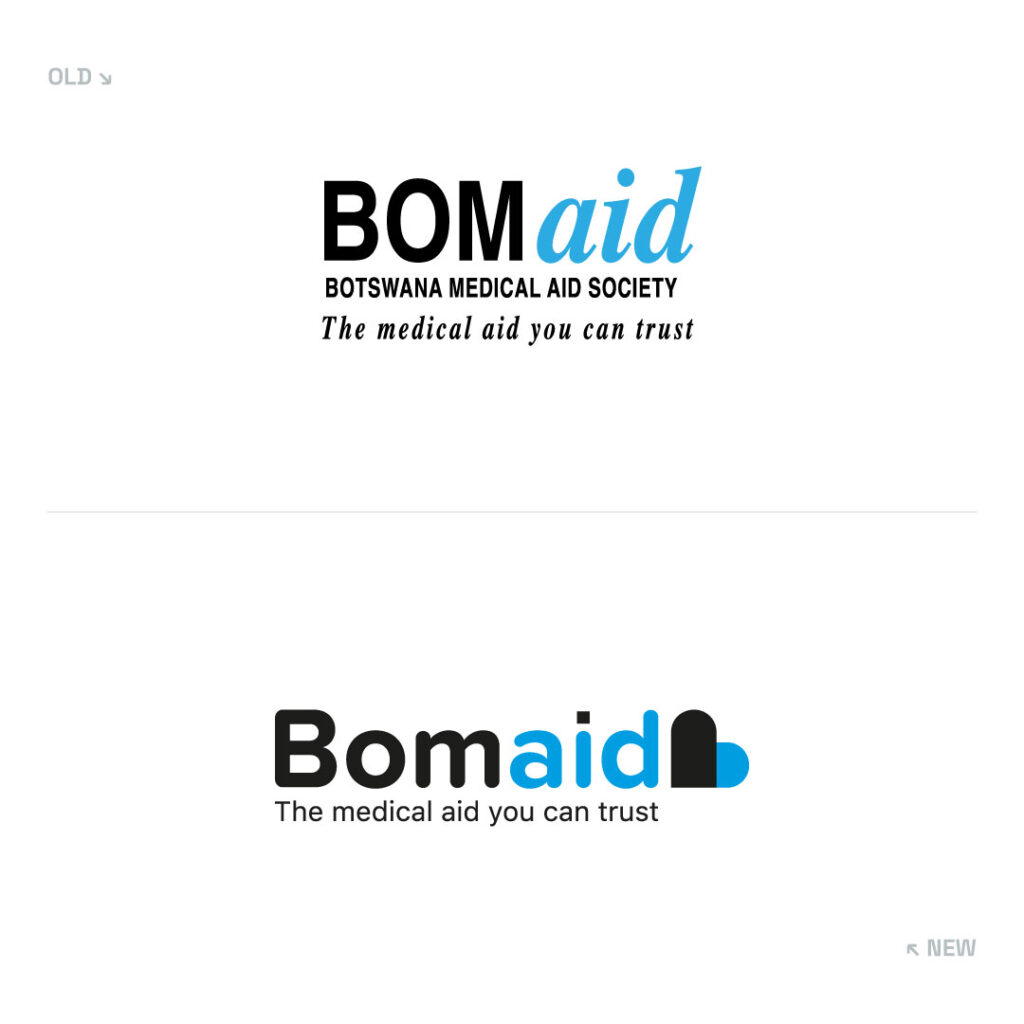
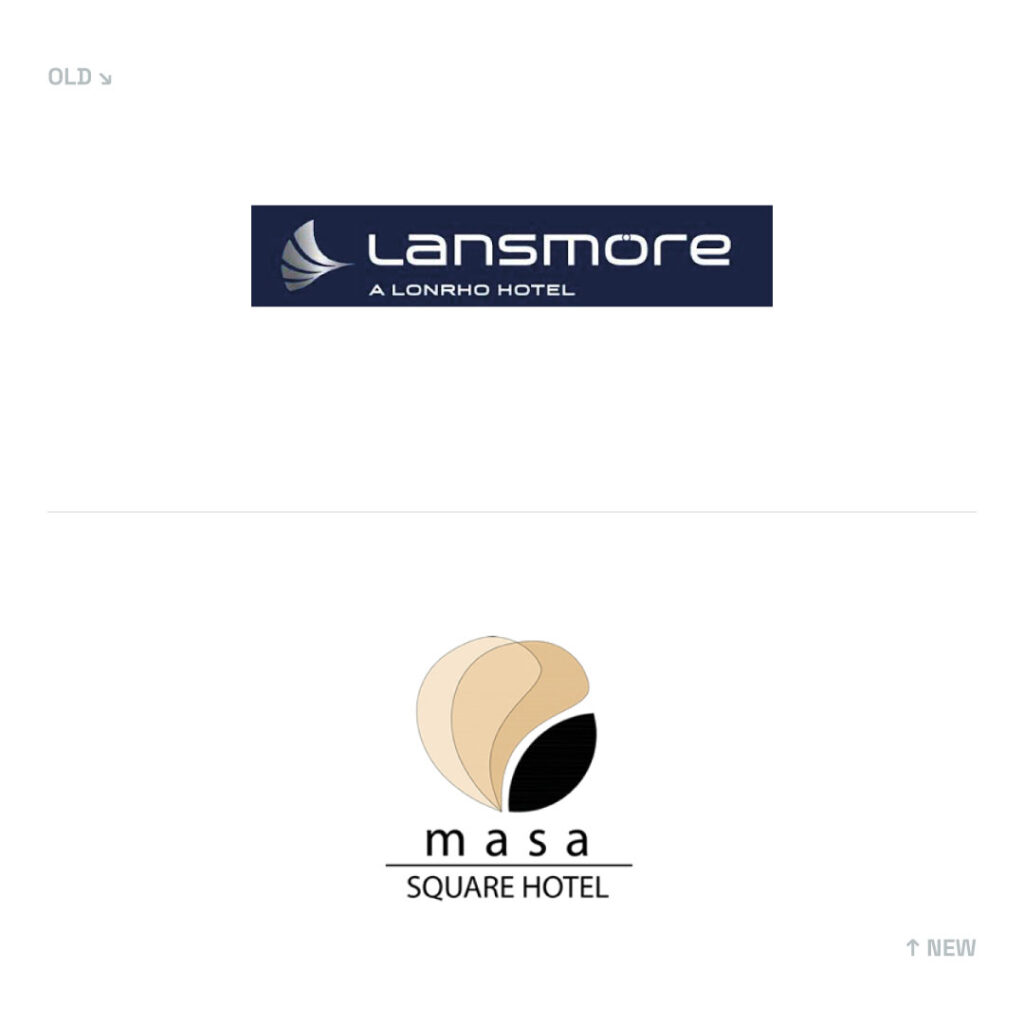
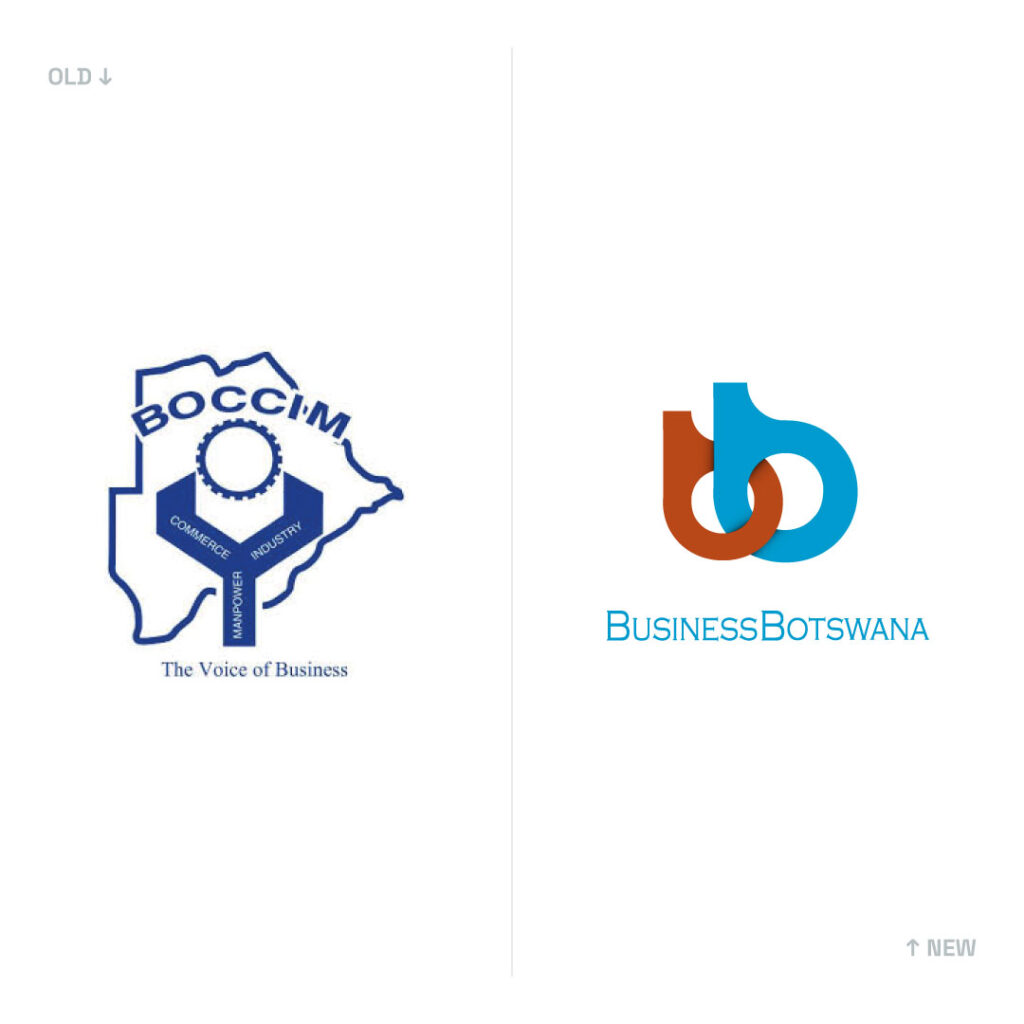
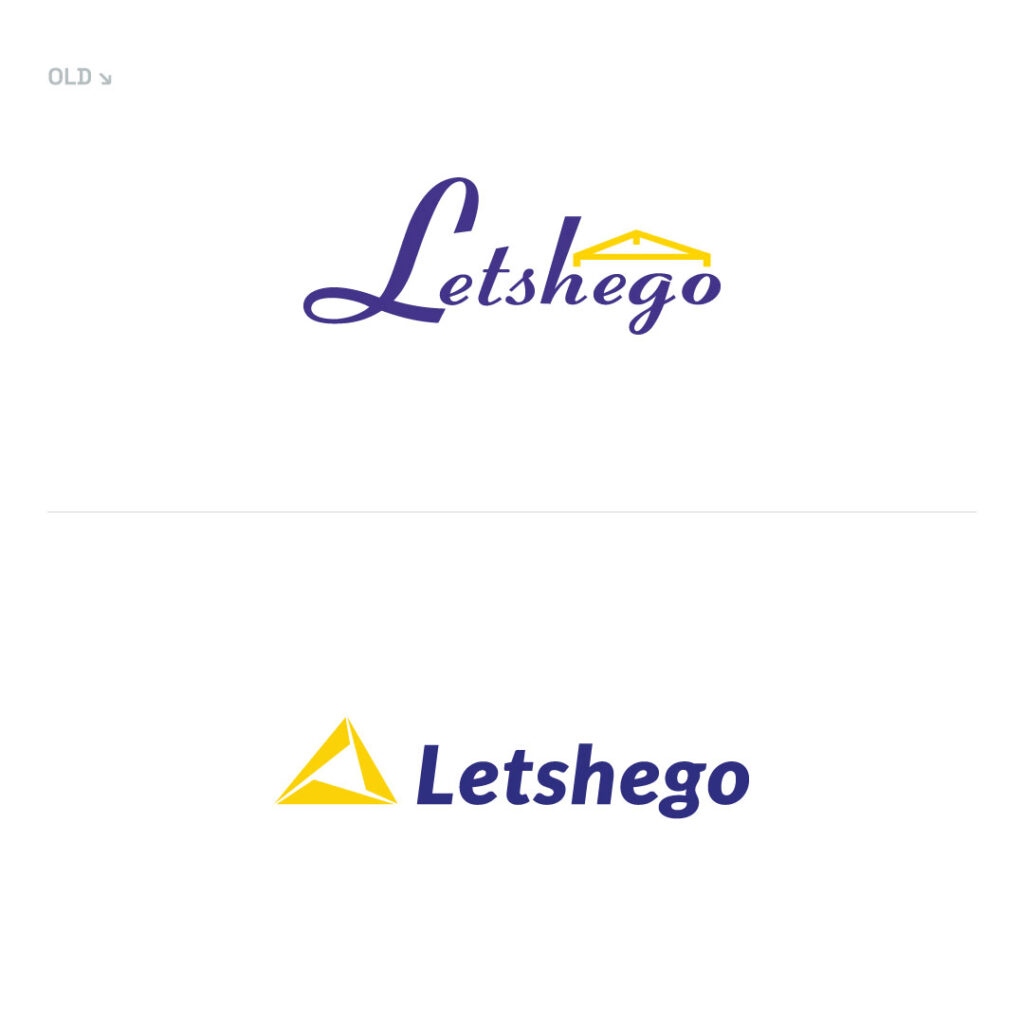
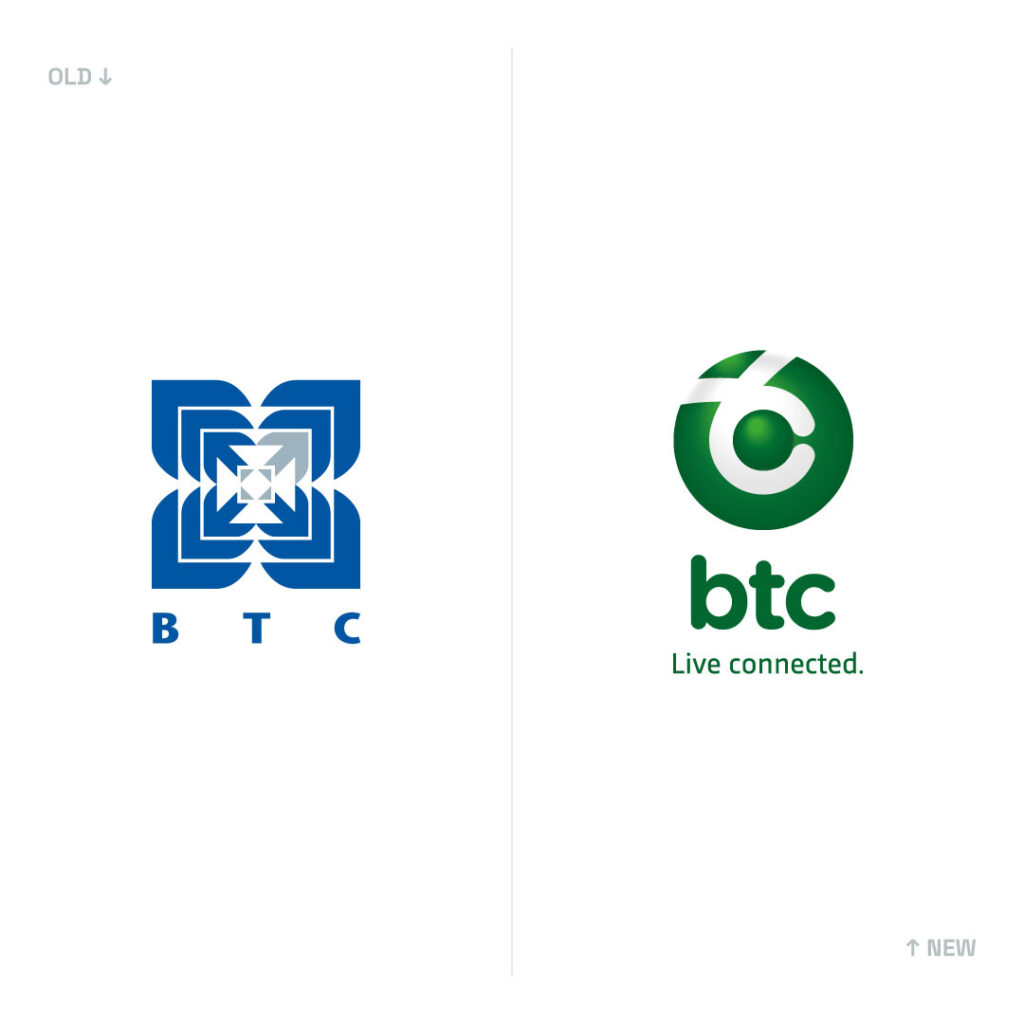
Comments
O’Brien
February 3, 2018 at 2:01 pmMy favourite topic of discussion…. and you have summed up most points I usually fail to align words well enough to convey the message accordingly and even gave me a bit more insight on what is to be expected from the client (if I should call them that). Thank you Gary
Gabriella
March 14, 2018 at 8:37 amBookmarked!! I love your website!
Matias
March 27, 2018 at 8:25 amEverything you come up with hits a nerve with me, thanks for challenging your followers.